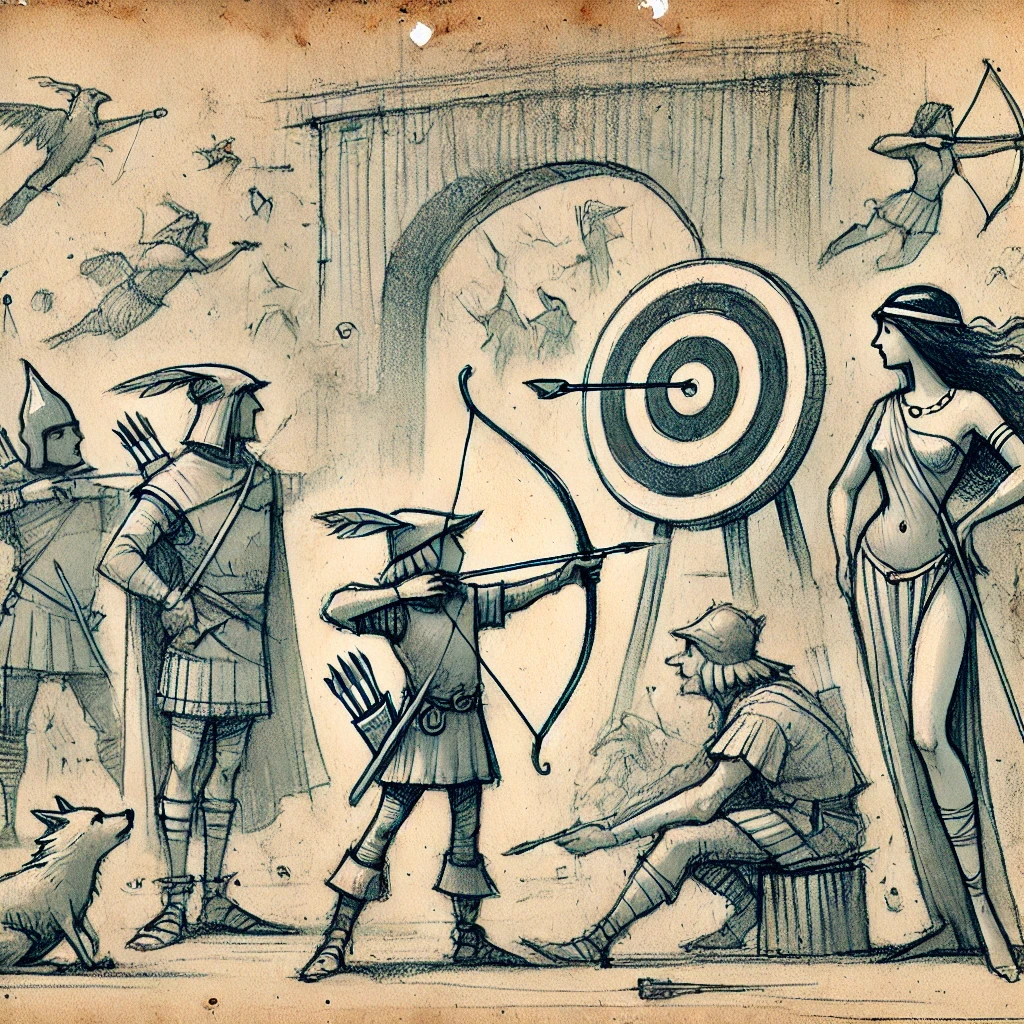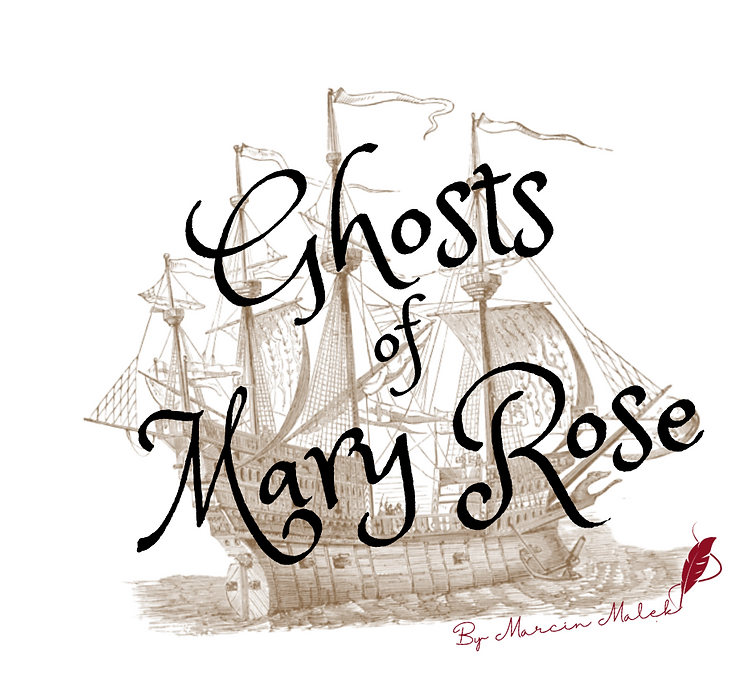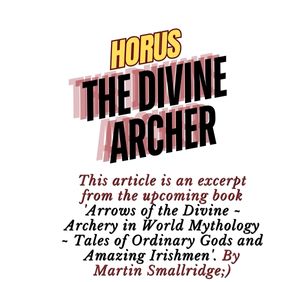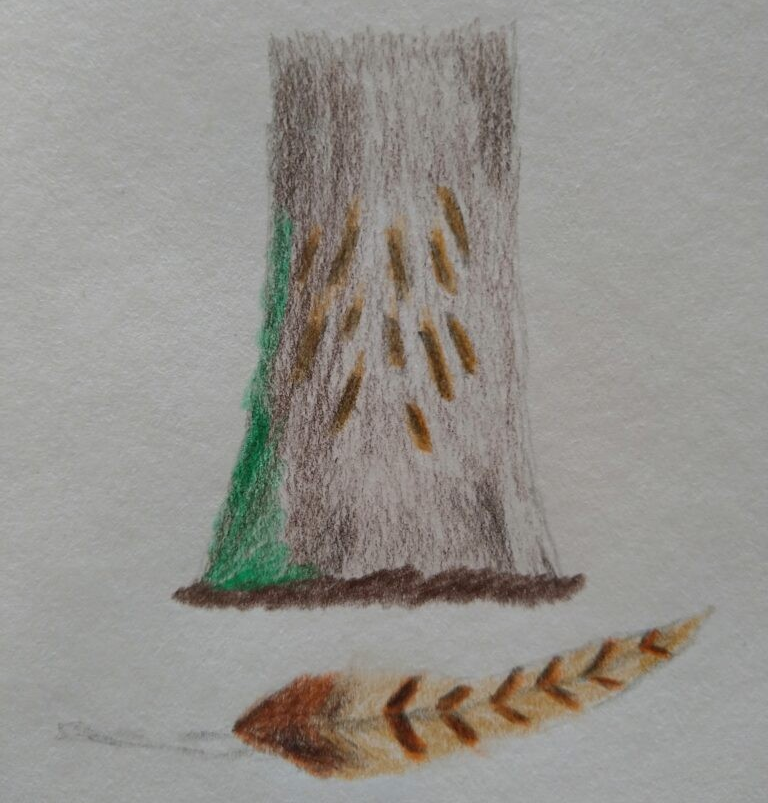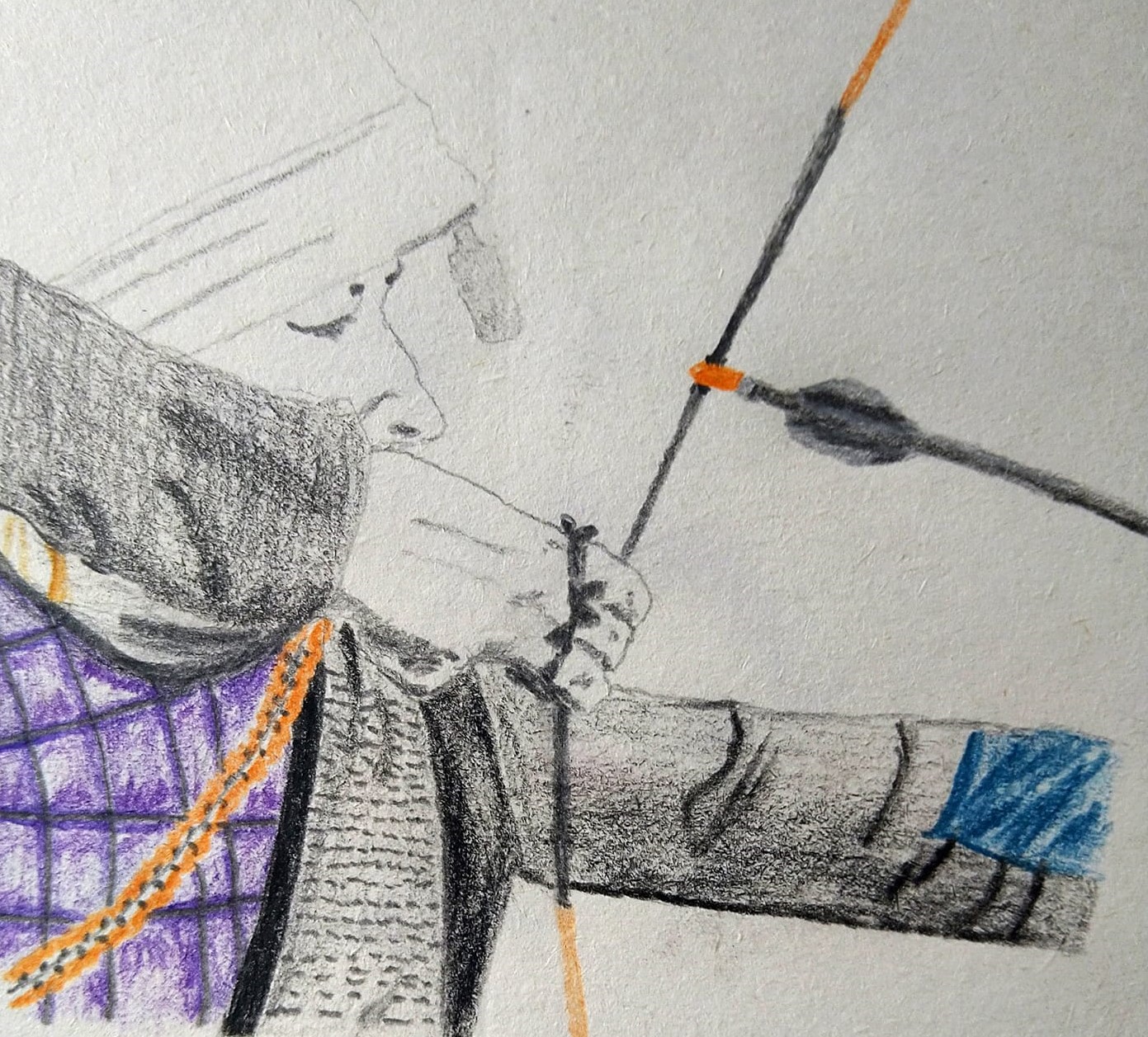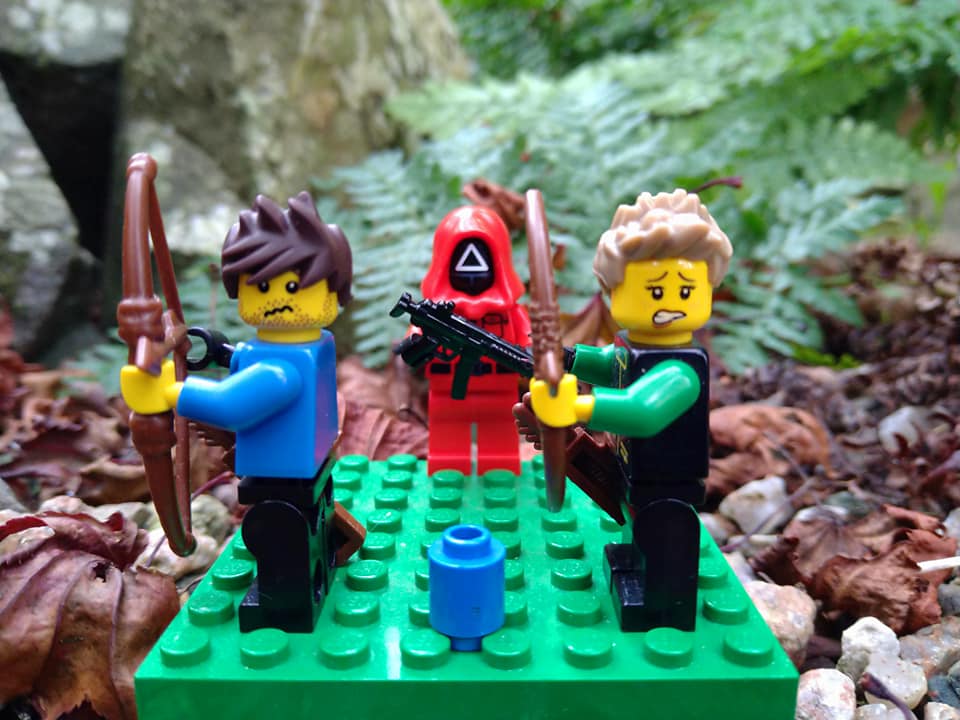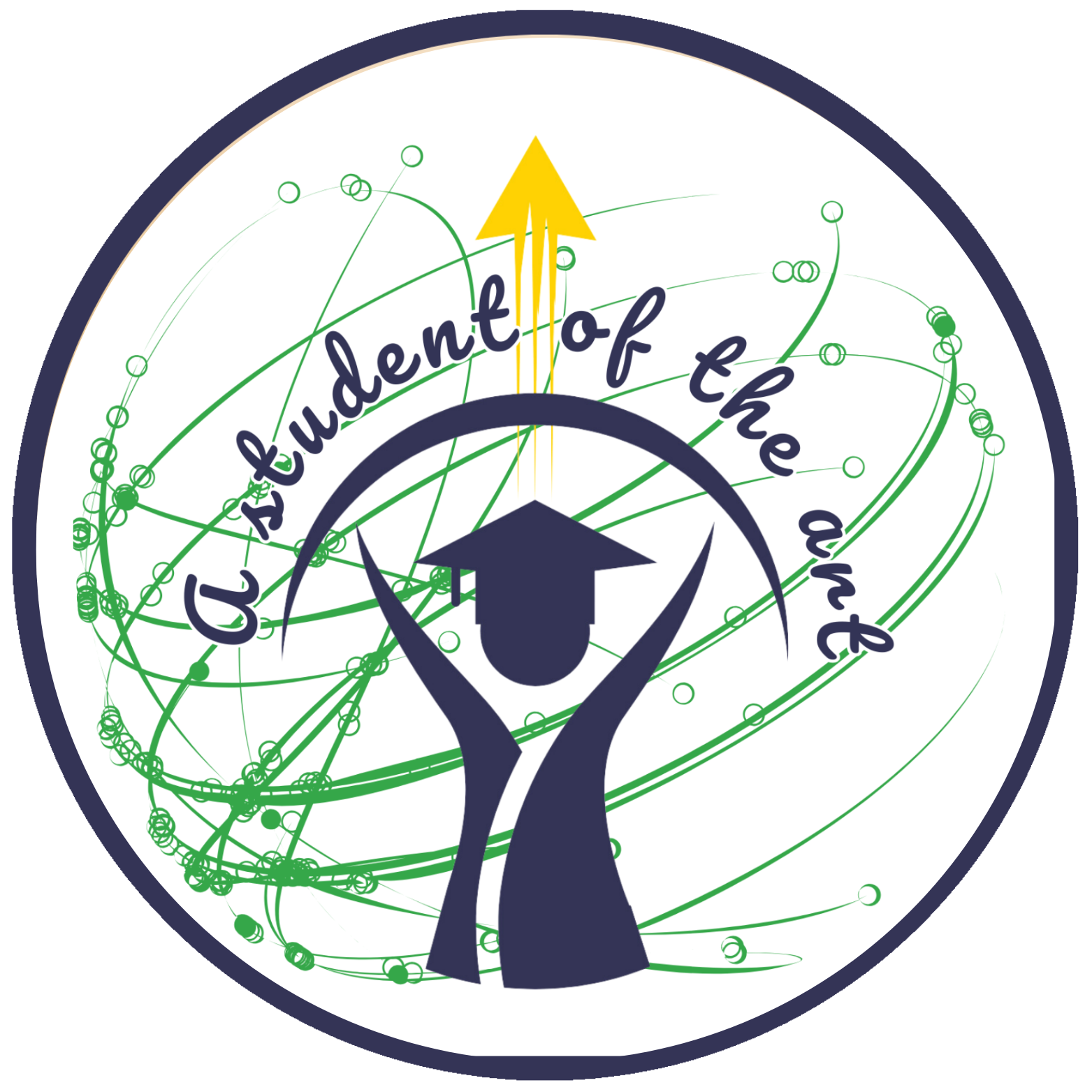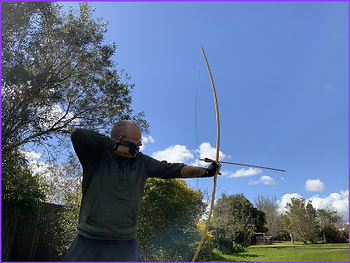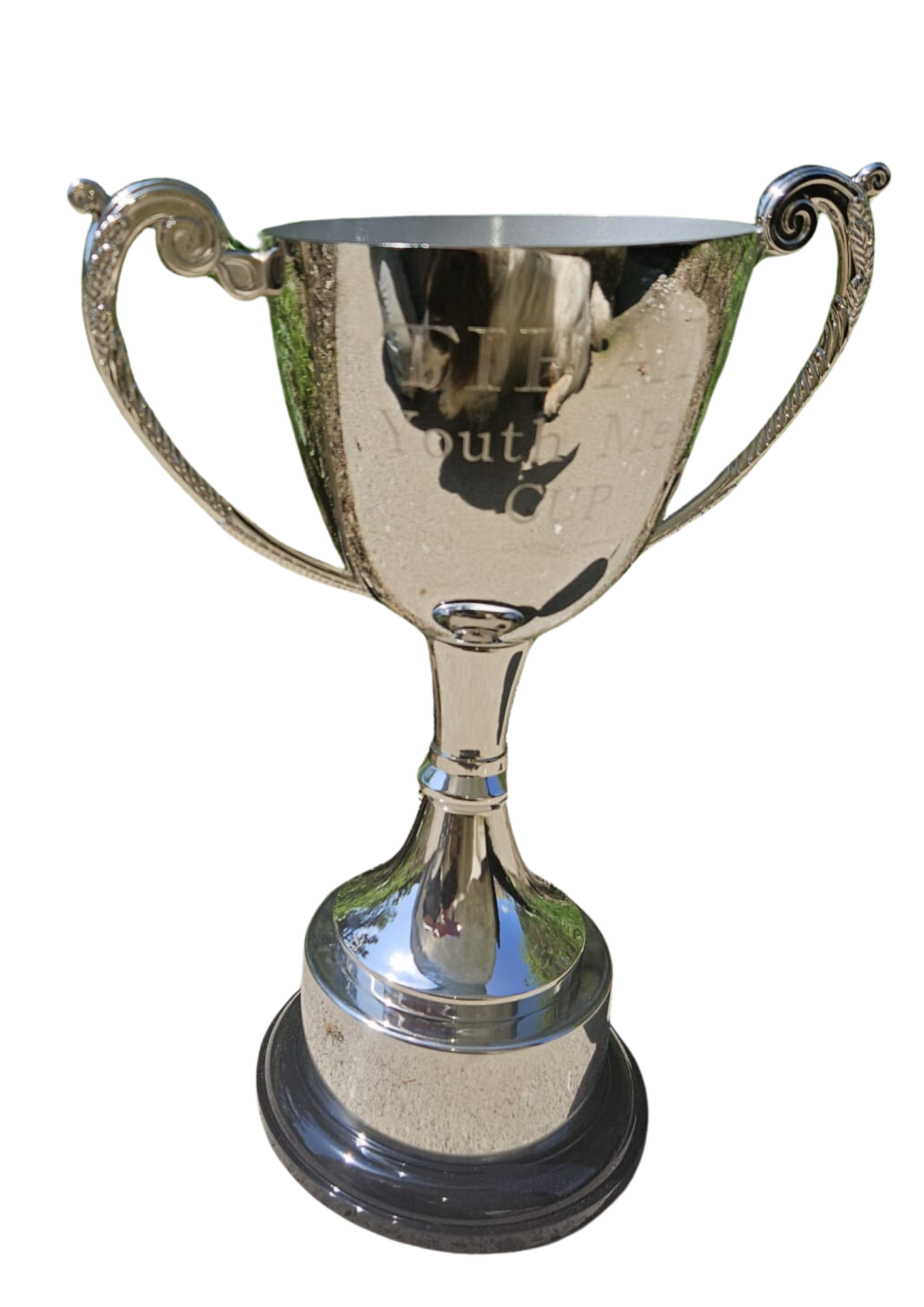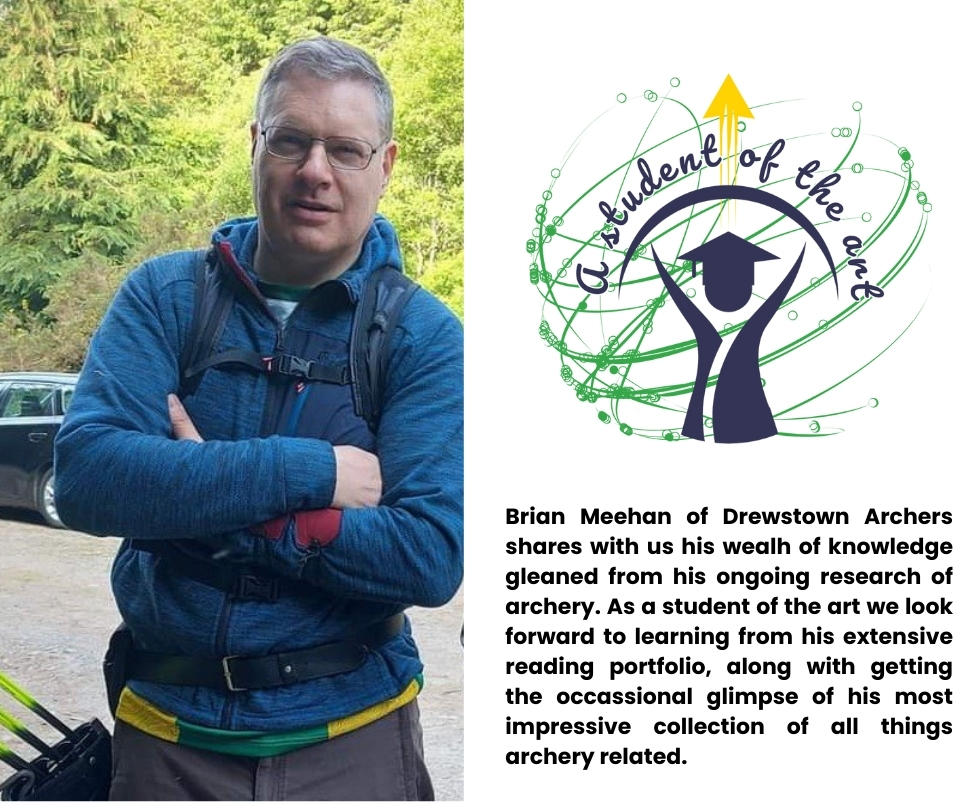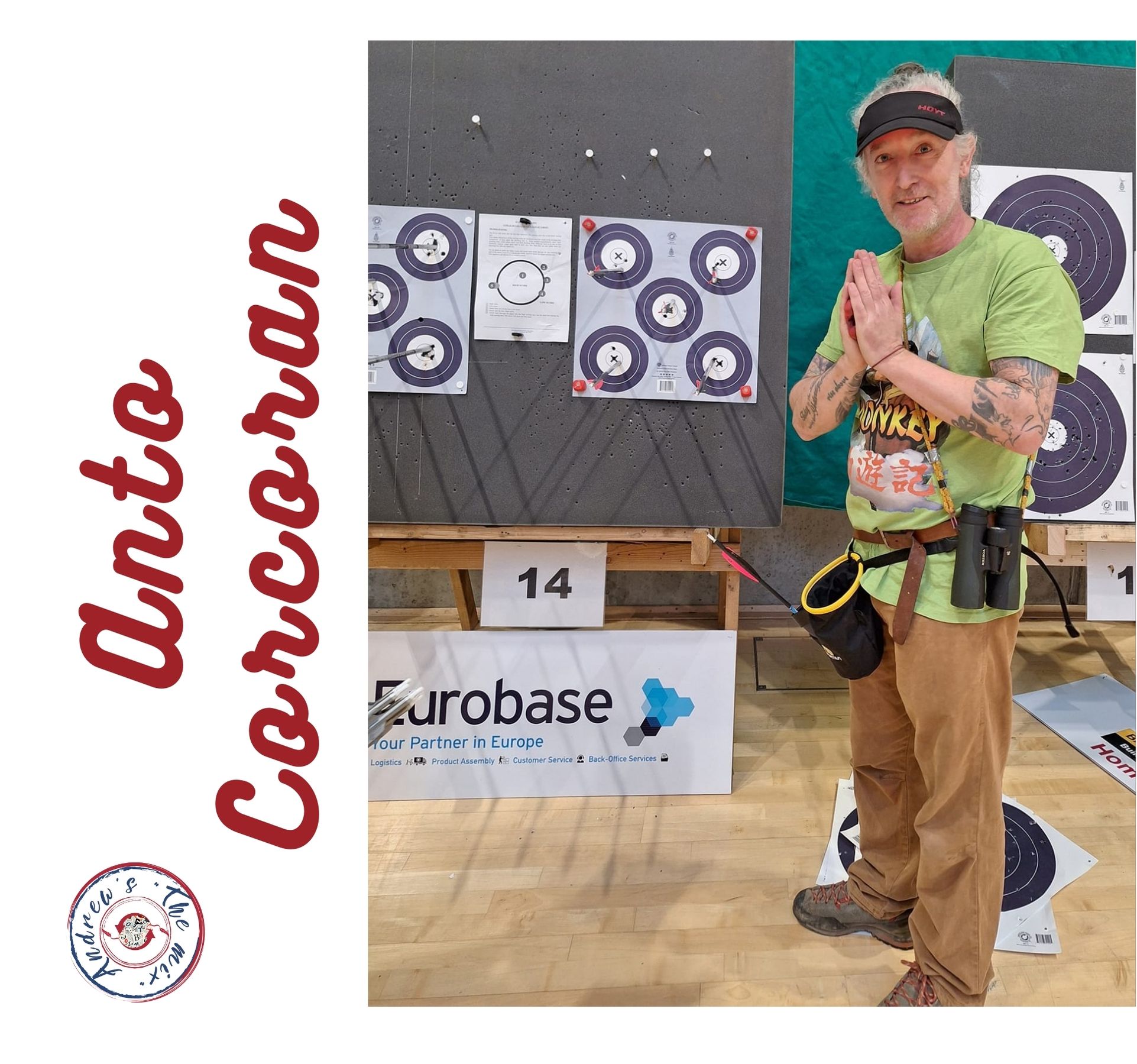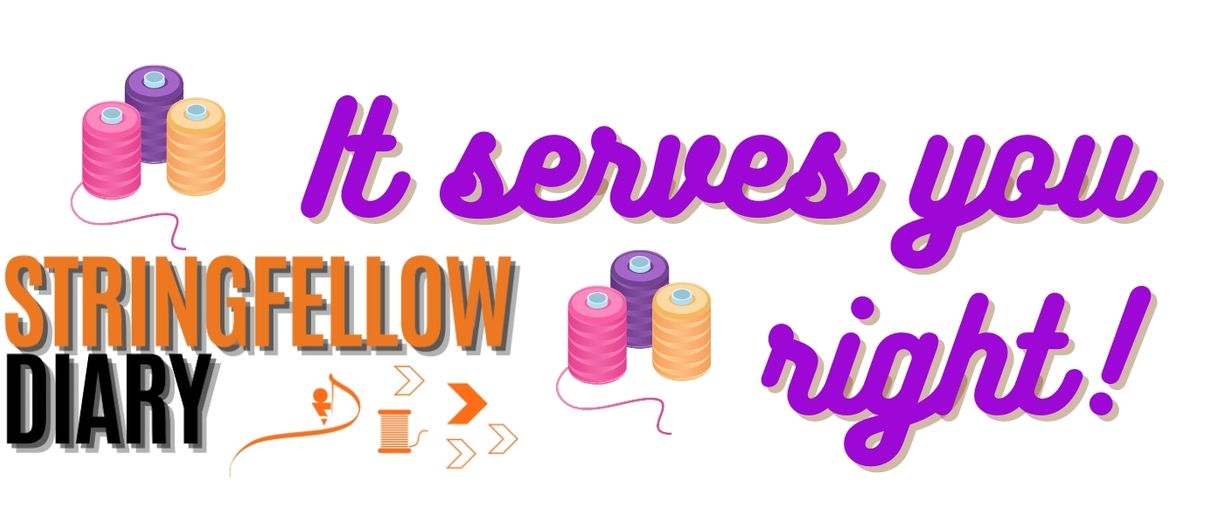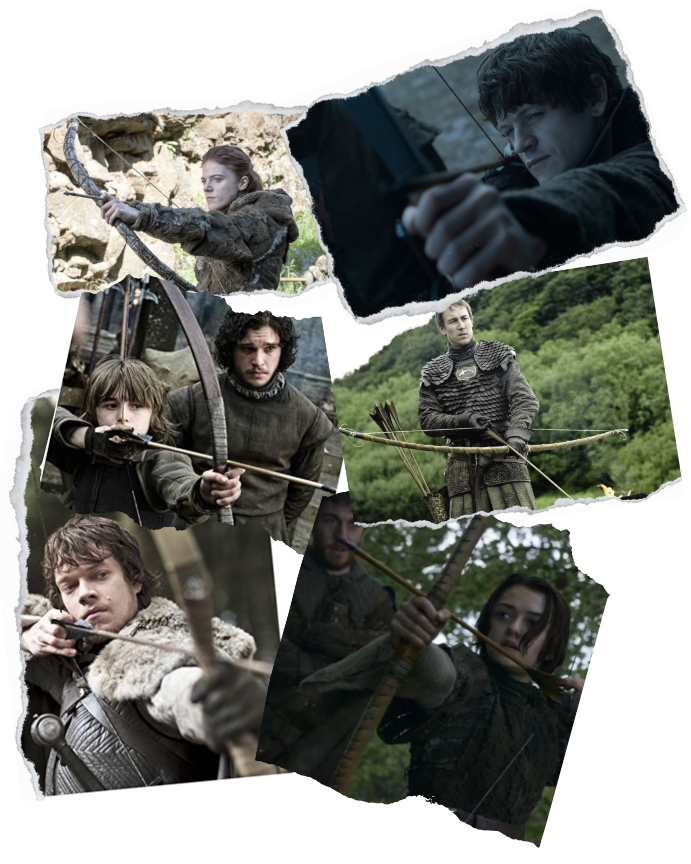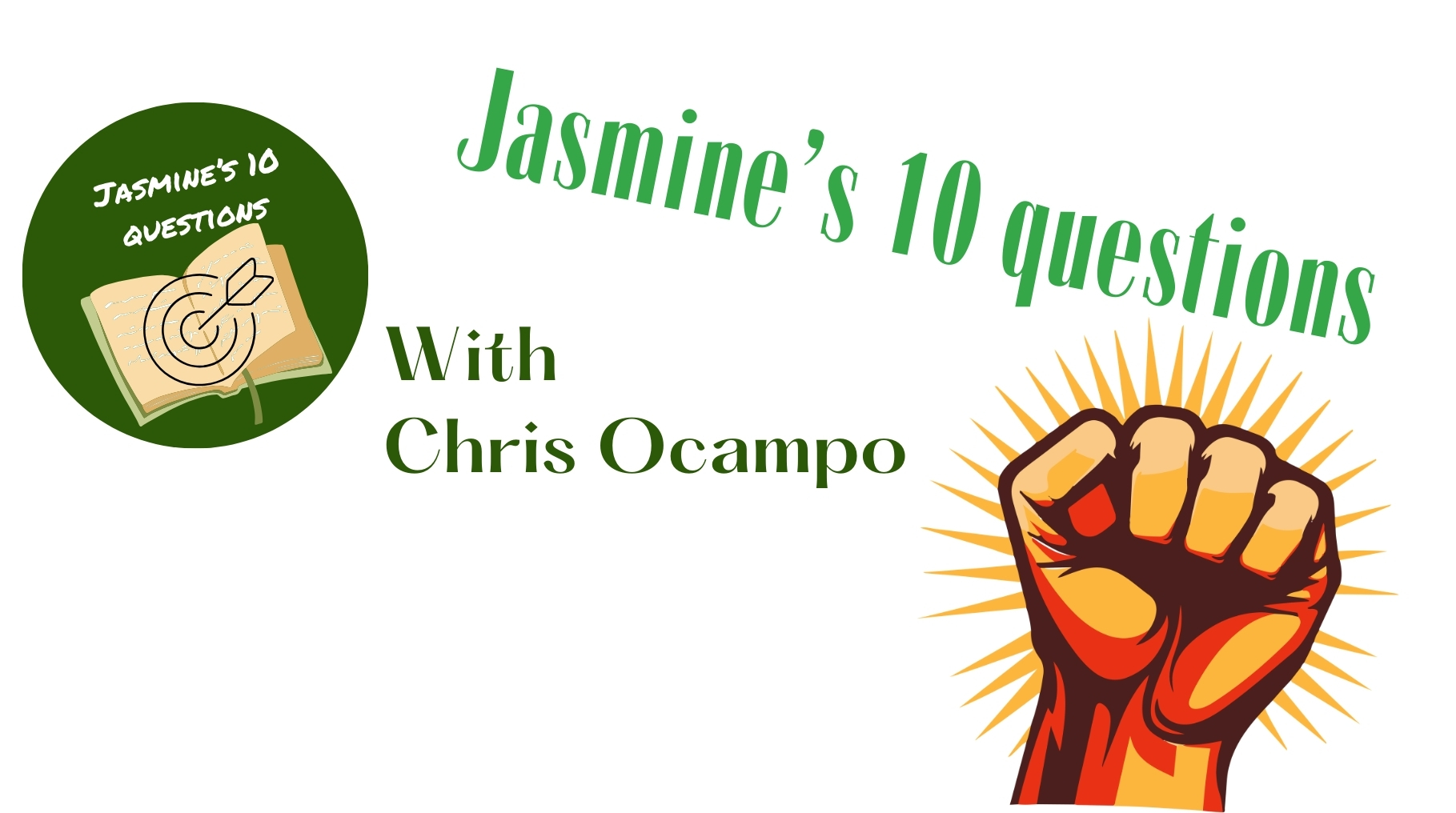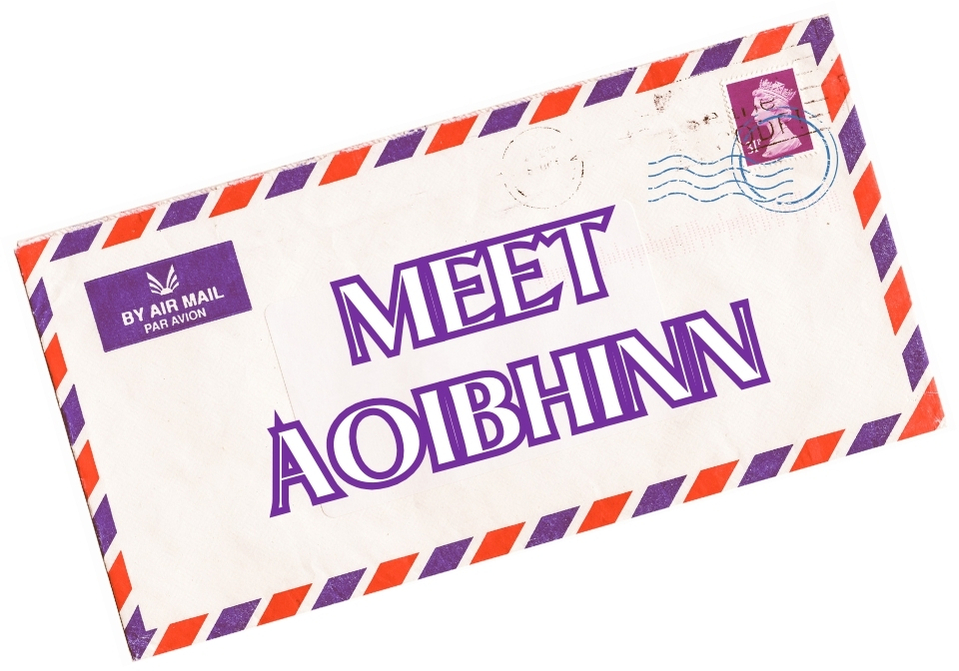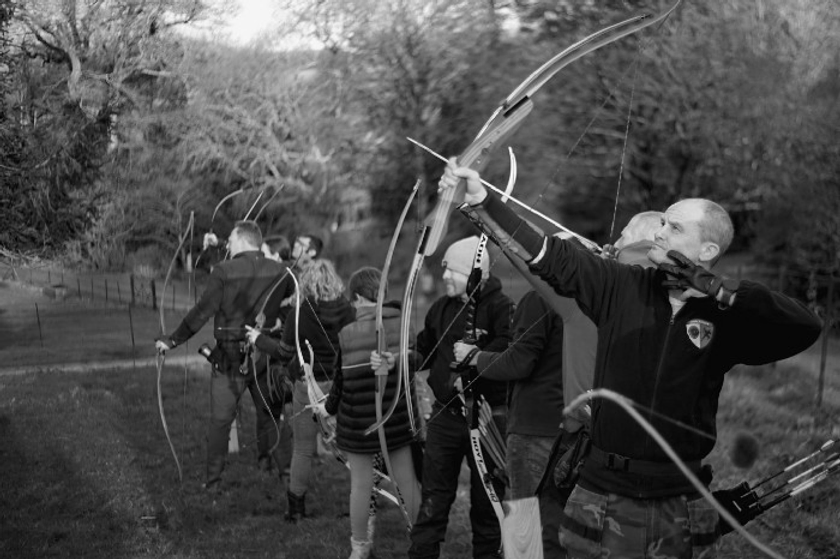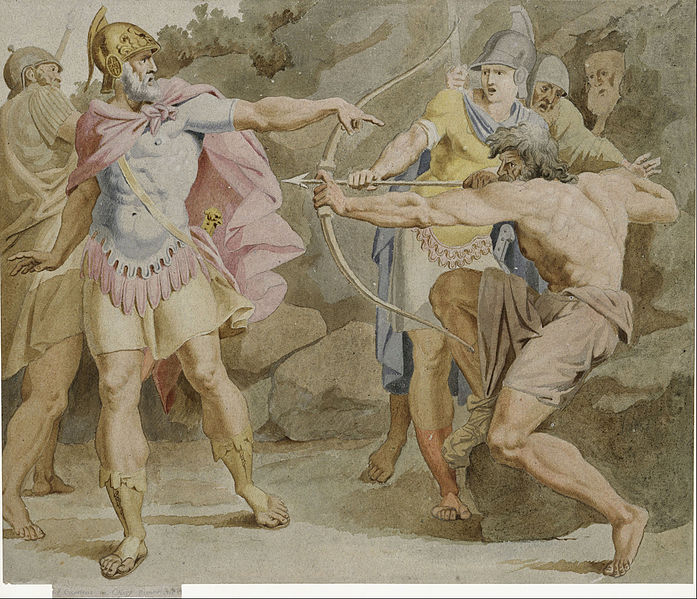
By Marcin Malek
Amid the swirling eddies of ancient epic and brisk modern sensibility, the legend of Odysseus, our perennial navigator through the tempestuous seas of fate and time, shines forth as a beacon of cosmic order, much like a stout lighthouse beams through the murky night upon the ever-churning ocean. We embark upon a cheery jaunt through the echoes of his archetypal voyage, wherein his trusty bow, a robust companion of yew, not only signifies but splendidly embodies the varied dimensions of existence, weaving the palpable and the ethereal into the grand weave of myth.
This bow, let me tell you, is no mere tool of warfare. Oh, it’s much more—a symbol of the ties that bind the visible to the invisible, a bridge between the now and the eternal. With each tension of the yew, each arrow sent soaring towards its destiny, Odysseus not only confronts the physical adversities that sprawl before him but also engages in a deeper, more profound battle against the very fates themselves.
To muse on this, the bow in Odysseus’s grasp transcends its earthly composition; it becomes an emblem of life’s incessant struggle against the entropic tides of chaos. Each arrow loosed is a declaration of the human spirit’s indomitable will, a piercing cry that cuts through the mists of uncertainty and targets the core of our deepest fears and aspirations. The flight of each arrow, guided by the steadfast hands of our hero, is not just a journey through space but a profound movement through the spiritual and metaphysical landscapes that shape our existence.

- Hegelian Reflections: The Archetype of Heroism
Ah, as I merrily saunter through the classical realms peopled by Homer’s illustrious characters, I find myself wickedly entangled in a philosophical romp under the guiding beacon of Hegel’s dialectics. This method, this intertwining of thesis, antithesis, and synthesis, emboldens me to see the bow of Odysseus not just as a mere stick of war, but as a profound emblem of heroism—an archetype that scoffs at and transcends the mundane confines of ordinary mythic constructs.
Within the sprawling epic of “The Odyssey,” the bow of Odysseus champions the thesis of heroism—the bold assertion of human valor and cunning against the capricious tides of fate and divine mischief. It stands as a robust testament to the might and guile our protagonist so deftly wields, a crucial element of his character that empowers him to steer through the perilous waters back to his long-awaited hearth. This bow, with its yew and string, articulates a heroism that is proactive, resolute, and deeply woven into the identity of the hero himself.
Now, the antithesis in this dialectic exploration, mind you, is the array of formidable challenges and adversities that Odysseus must face. These aren’t just mere bumps in the road but existential threats that dare to question the very essence of his heroism. The suitors who overrun his hall, the monsters that bar his path, and the whimsical gods that meddle with his fate—each of these stands as a stark antithesis. Each confrontation with these trials tests the resilience and adaptability of Odysseus’s heroic nature, compelling him to redefine and reaffirm his virtues and values in the face of potential obliteration.
From the vigorous interplay of this thesis and antithesis in Odysseus’s grand saga emerges a synthesis—a higher order of heroism. This evolved heroism transcends the mere brute display of valor or cunning; it embodies a deeper realization of what it means to be a hero in a world beset by flighty gods and inexorable fate. Through his trials, Odysseus garners profound insights into the human condition, enabling him to return not merely as a warrior or victor, but as a sage and a peacemaker, restoring balance to his domain.
This Hegelian interpretation also nudges us to bridge the ancient mythic archetype with the narrative structures of our modernity, where similar dialectical processes are vividly observable in the odysseys of contemporary superheroes. Much like Odysseus, these modern heroes, those we encounter in comic books and films, often face ordeals that test their values and mettle, thrusting them towards personal crises that demand a reevaluation of their roles and the synthesis of a new, integrated understanding of heroism that resonates with today’s audience.
In this rich light, Odysseus’s heroism, and by extension his bow, symbolizes a universal narrative of human struggle and triumph. It reflects Hegel’s notion that true understanding—or in Hegelian terms, “absolute knowing”—is not achieved by skirting conflict but by engaging with it head-on, assimilating its lessons, and transcending its confines. Thus, the hero’s journey becomes a metaphor for each individual’s path to self-realization—a profound philosophical pilgrimage that echoes the collective march of humanity towards enlightenment and harmony.
Through the Hegelian lens, the archetype of heroism as embodied by Odysseus and his bow unfurls as a fertile field for exploration, not only within the context of ancient mythology but also in understanding the continuous evolution of the hero in cultural narratives. This dialectical approach unveils the intricate layers of conflict and resolution inherent in the hero’s journey, offering insights into the enduring nature of heroism as a pivotal element of the human narrative—a theme as resonant to the audience of Homer’s time as it is to us today.

- The Yew’s Yield: A Metaphysical Exegesis
What does it mean to wield power? As I ruminate on Homer’s “Journey,” it becomes starkly clear that the bow of Odysseus isn’t merely a tool for war but unfurls as a potent emblem of metaphysical inquiry and intellectual synthesis. Forged from the enduring yew, this archaic weapon evolves into an extension not just of the hero’s physical strength but of his very soul, probing the profound depths of his identity and the enigmatic cosmic forces that enfold his world. This bow thus dawns as a beacon of revelation, lighting pathways through the shadowed groves of existence and destiny, akin to a philosopher’s lantern slicing through the opaque murk.
Within the narrative landscape of “The Odyssey,” the bow serves less as an engine of violence and more as a lyre of personal revelations, with each pull of the string composing the nuanced cadences of Odysseus’s life and his manifold trials. These moments of tension and release mirror the rhythmic oscillations of life itself—challenges to be navigated, decisions to be forged, and destinies to be met.
When Odysseus clasps the bow upon his secretive return to Ithaca, the scene transcends a mere display of martial prowess but morphs into a profound spiritual and psychological crossroads. Stringing the bow, a feat solely his to achieve, symbolizes not merely a reclaiming of personal agency but a profound ritual of reintegration. Here, in the hushed determination of this act, the hero reclaims his rightful locus within his own sprawling saga and his community, affirming his identity in the deepest echo of return.
Further, the act of aligning the arrow and releasing it toward its targets transcends mere physical action; it heralds Odysseus aligning his fate with the sweeping arcs of destiny and justice that span the cosmos. Homer, with a cunning wink, employs this motif to delve into the tangled interplay between fate and freewill, proposing that true mastery over one’s destiny springs from a nuanced understanding and manipulation of the myriad forces that sculpt our world.
In embracing Carl Jung’s notion of the collective unconscious, I perceive the bow in Odysseus’s hands not merely as a personal artifact but as a bridge to universal truths and archetypes. The obstacles he surmounts are not merely personal trials but enactments of deeper archetypal dramas that resonate across the divides of culture and time, embedding his personal victories within a broader narrative of human endeavor. Each release of the bowstring weaves a narrative thread through the collective human experience, stitching his singular journey to the universal human plight.
The dramatic stringing of the bow at the contest of Ithaca crowns a peak of intellectual synthesis, merging the wisdom Odysseus has harvested from his odysseys with the kingly virtues expected of him. This act of deft demonstration serves both practical and symbolic ends, restoring order and reasserting his authority, reinstating both social and cosmic harmony.
Philosophically, the yew bow intertwines with existential notions of being and becoming. The yew, famed for its durability and linked to rebirth, embodies the resilience of philosophical thought and the potential for renewal through the tribulations of life—echoing the perennial inquiry into how beings endure and metamorphose through the flux of existence.
The bow embodies the principle of vibrational harmony—each draw and release of the string initiates a cascade of consequences that ripple through the narrative, akin to the scientific principles of causality and resonance. Each action of Odysseus with his bow launches effects that resonate through the fabric of the epic, mirroring the interconnectedness of all actions within the universe.
Thus, the yew bow of Odysseus stands as a profound symbol within “The Odyssey,” weaving threads of personal integrity, cosmic order, and philosophical depth. It acts as both a narrative and existential instrument through which Homer explores entrenched ideas about identity, destiny, and the essence of the human condition. This exploration of the bow does not merely invite us to reflect on the mythic adventures of a legendary hero but to ponder the broader implications of those adventures in our own lives and the universal narrative of existence. Through this lens, the bow transcends its role as a mere weapon to become a key unlocking deeper layers of understanding and insight into the epic and the ceaseless human journey beyond.

- Kinetic Eschatology and the Dynamics of Release
“As the arrow flies, so too does the soul soar, seeking its final resting place in the folds of fate.” This line, while not directly lifted from Homer’s sprawling narrative, seizes the essence of that decisive moment when Odysseus, teetering on the brink of reclaiming his identity and kingship, draws his bow. This scene in “The Odyssey” unfurls not simply as a display of skill or a dramatic confrontation—it blooms into a kinetic metaphor for the eschatological journey of the soul towards its destined end, danced out through the dialectic of tension and release.
Picture, if you will, Odysseus with the bow in hand, the tension of the string a silent promise to the assembly whose breaths are held in tight suspense. This act is more than the mere reclamation of his wife and home. It is the arrow of time itself slicing through the hanging loops of possibility, collapsing potential futures into a single, determined reality. The flight of the arrow captures the grand ballet of celestial bodies bound by the immutable laws of physics, where each motion is an act both graceful and fated.
In the very fabric of “The Odyssey,” the dynamics of the arrow’s release serve not only as the climax of a long-awaited return but as a symbolic representation of the universe’s underlying order. The arrow, once released, traces a path dictated by natural law, akin to the orbits of planets and stars which follow the principles set forth by Copernicus and Kepler. This precise trajectory, predictable and elegant, mirrors the celestial mechanics where every body, every orbit, and every revolution enacts a preordained eschatological drama on the cosmic stage.
Philosophically, eschatology often concerns itself with the ultimate fate of the soul and the cosmos. In the kinetic act of releasing the arrow, Odysseus confronts this theme on multiple levels. Physically, the release marks the culmination of his enduring odyssey to reclaim his rightful place. Metaphysically, it symbolizes the liberation of his pent-up frustrations, his cunning, and his survival instincts—all finding release in a singular, defining act that slices through the convoluted narrative of his life.
This moment also heralds a broader metaphysical release—the realignment of human will with divine providence. By mastering the physical world through his skill with the bow, Odysseus aligns himself with the cosmic order, suggesting that human actions can indeed reflect the orderly, predetermined patterns of the universe, and in doing so, reach their destined outcomes.
Drawing on the theories of Carl Jung, particularly his ideas of individuation, this act of releasing the arrow marks a critical juncture for Odysseus. It is here he integrates the disparate aspects of his being—warrior, king, husband, father—into a harmonized whole. This individuation transcends mere psychological phenomenon; it is a spiritual and cosmic reconciliation, where the soul aligns with its ultimate purpose, as unerringly as an arrow finding its target.
Moreover, the kinetic release of the arrow also stands as a model for human endeavor across any disciplined field, be it science, the arts, or leadership. Just as Odysseus’s release of the arrow is the culmination of skill, practice, and precise timing, so too is any act of creation or discovery a release of potential into kinetic reality. The trajectory of the arrow, once loosed, is determined by the forces applied at the moment of its release—just as the impact of a scientific discovery or a work of art is defined by the depth of intellectual and emotional investment.
So the scene of Odysseus releasing the arrow stands as a profound allegory for kinetic eschatology—the inexorable movement of all entities toward their ultimate ends, be they arrows, planets, or souls. Through this act, Homer not only concludes a tale but also invites us to reflect on the forces—both visible and invisible—that shape our lives and destinies. This moment of release thus transcends its immediate context, resonating down through the ages as a symbol of the human condition, eternally ensnared in the dance of tension and release, navigating the mysterious and preordained pathways laid by fate and the cosmos.

- The Penetrating Insight of the Arrow’s Point
What can the unerring flight of an arrow reveal about the depths of human understanding and cosmic law? In Greek mythology, arrows are often more than lethal; they are bearers of stark truths. Take Apollo, the oracle deity, whose arrows could unleash plagues or deliver divine revelations. Similarly, in “The Odyssey,” the arrow launched from Odysseus’s bow serves not merely as a weapon of war but as a profound messenger of truths. As it slices through the air toward its targets, it pierces more than mere physical space; it drills through veils of deceit, unveiling truths long shrouded by time and human frailty.
When I reflect on Odysseus’s strategic use of the bow in the climactic contest, it’s laden with symbolic weight. Each suitor’s failure to string the bow underscores their unworthiness and deceit, their feigned loyalty while they plunder Odysseus’s home. But when Odysseus, cloaked as a beggar, strings the bow and fires the arrow through the axes, he demonstrates more than regal skill; he reveals his true identity and passes judgment on the suitors’ characters. This act underlines the bow’s role as an instrument of moral and cosmic justice, aligning human deeds with divine retribution.
The journey of Odysseus’s arrow transcends its immediate context, symbolizing the soul’s quest for truth and enlightenment. Much like Apollo’s shafts, this arrow is laden with the weight of justice and the illumination of truth. As it passes through the rings, so too does Odysseus navigate trials, each a testament to his resilience, cunning, and moral fibre. The arrow’s path mirrors the philosophical pursuit of truth, where one must cut through layers of illusion and superficiality to reach the essential truths of existence.
In philosophical terms, the arrow’s flight is akin to the pursuit of knowledge. Directed towards a target, philosophical inquiry seeks understanding with a precision mirrored by the arrow’s unswerving path. Moreover, just as the arrow must be released to find its mark, so must knowledge be freed from the confines of subjective perception to be fully grasped.
From a Jungian angle, the arrow symbolizes the transformative power of integrating the shadow self with the conscious ego. For Odysseus, shooting the arrow is not just a reclaiming of his home and status but also a symbolic reclamation of his suppressed aspects—his regal authority, his wrath, his decisiveness. This integration is pivotal for achieving individuation, a process wherein the individual becomes psychologically whole by embracing all facets of their psyche.
The arrow’s flight also reshapes the social dynamics within Ithaca. It resets the social order, reaffirming Odysseus’s rightful kingship and cleansing the court of corruption. This action not only restores harmony and stability but reflects the arrow’s role in realigning societal structures with the principles of justice and proper governance. In this light, the arrow does not merely pierce individual deceit; it slices through societal chaos to restore order and peace.
In a broader mythological context, consider the Moirai, or Fates, who wield tools to weave the destinies of mortals and gods. Metaphorically, Odysseus’s arrow acts as an instrument of fate. Its destined path towards the axes, predetermined and inevitable, signifies how the hero’s fate is intricately woven into the narrative’s fabric. This inevitability mirrors the Greek philosophical acceptance of fate—an acknowledgment that certain paths, like the arrow’s flight, are shaped by forces beyond mere mortal control.
The narrative of the arrow stretches beyond the confines of Ithaca and Greek mythology, touching upon universal themes of justice, truth, and human integrity. Across cultures, the metaphor of the arrow—direct, swift, and true—resonates as a symbol of goal achievement, the exacting of justice, and the pursuit of truth. Its trajectory from bow to target forms a powerful allegory for human endeavors across all spheres, from personal aspirations to the enforcement of justice.
Thus, the flight of Odysseus’s arrow offers a multifaceted exploration of insight across personal, social, and cosmic dimensions. It serves as a potent reminder of the strength of truth and the necessity of aligning our actions with deeper moral and cosmic principles. Through this penetrating insight, the arrow does more than merely end the lives of the suitors; it restores order, unveils truth, and enforces cosmic justice, intricately weaving these themes into the enduring legacy of Homer’s epic.

- Archetypal Resonance and Jungian Shadows
“Until you make the unconscious conscious, it will direct your life and you will call it fate,” quipped Carl Jung, a sentiment that seizes the very essence of the psychological undercurrents rippling through Homer’s The Odyssey. Here, in this saga of Odysseus, what unfolds isn’t merely a tale of a man’s physical return to Ithaca but a deeper, psychological voyage towards self-awareness and individuation. The archetypes that dance throughout this narrative, they echo Jung’s musings on the collective unconscious, showing us how these deep-seated patterns shape our perceptions and behaviors. And the shadows—those often overlooked or rejected aspects of the personality—they play a starring role in Odysseus’s story, reflecting his inner battles and confrontations with both personal and collective darkness.
I find myself in Odysseus, the archetype of the hero, a key motif in Jungian psychology that embodies the psyche’s quest for individuation—the process of weaving together the disparate threads of oneself to achieve a complete, unified identity. Throughout The Odyssey, Odysseus’s journey bristles with challenges that test his cunning, resilience, and moral fiber, each trial an opportunity to confront and reconcile different facets of his personality. The cyclical nature of his encounters—with mythical creatures, vengeful gods, and elemental forces—mirrors the cyclical nature of psychological growth, where each loop in the cycle offers a chance for renewal and deeper self-understanding.
The archetypal hero’s journey in Odysseus’s tale is etched with stages that echo the process of individuation. These include separation, initiation, and return, which in Odysseus’s case, involve leaving Ithaca, enduring transformative trials, and finally returning as a more integrated and mature soul. This narrative structure doesn’t just propel the plot; it mirrors the inner process of confronting and weaving in the shadow—the darker, oft-hidden part of one’s psyche.
Jung’s notion of the shadow, the unknown dark side of the personality, manifests vividly through Odysseus’s run-ins with deceptive and shadowy figures like the Cyclops, Circe, or the Sirens—each embodying different shades of his unconscious fears and desires. Engaging with these figures forces Odysseus to face his own vulnerabilities and ethical quandaries, urging him to acknowledge and incorporate these darker aspects into his conscious self to attain psychological balance and wisdom.
The showdown with the suitors at his journey’s end vividly illustrates Odysseus confronting his shadow. These suitors, they embody the unchecked, destructive potentials of Odysseus’s own capacity for excess and power abuse. By defeating them, he isn’t just conquering adversaries; he’s symbolically mastering his baser instincts, reclaiming his home, his authority, and restoring order both morally and socially. This act of reclamation is simultaneously an internal process of reclaiming his shadow aspects—acknowledging and mastering the parts of himself capable of wrongdoing.
The resonance of Odysseus’s story with the collective unconscious, through its universal themes of adventure, peril, and redemption, taps into this Jungian concept, which refers to structures of the unconscious mind shared among beings of the same species. Through its portrayal of universal experiences and archetypes, The Odyssey accesses this collective well of images and themes. The challenges Odysseus faces are not his alone but are emblematic of the universal human struggle against adversity and the quest for self-realization.
This enduring impact of Odysseus’s tale, its echo in the myriad forms of contemporary storytelling that depict the hero’s journey, continues to inspire and captivate audiences. From literary narratives to cinema, the pattern of a hero facing internal and external trials only to return transformed and enlightened sparks a deep, resonant chord across cultures.
In Odysseus’s encounters, characters like Penelope and Calypso can be seen as manifestations of his anima, reflecting his relational and emotional dimensions, which he must integrate to achieve psychological wholeness. Each female character challenges him in unique ways, prompting him to explore and integrate his emotions, empathy, and relational qualities—key elements for his psychological and narrative completion.
In embracing The Odyssey through the lens of Jungian psychology, we’re not just engaging with a thrilling story of a hero’s physical journey home. We are invited into a profound exploration of the psychological journey of becoming whole, of transforming unseen contents into conscious knowledge. Odysseus’s trials, his engagements with shadowy figures, and his integration of anima and other archetypal elements underscore a deep, ongoing human quest to understand oneself and achieve completeness. This journey resonates deeply with the Jungian journey of individuation, where every encounter, every challenge, and every moment of insight contributes to the overarching goal of self-realization and fulfillment. Through Homer’s epic, we not only get a narrative of adventure but also a compelling allegory of the psychological odyssey that each individual must undertake to confront and embrace the full spectrum of their existence.

- Newtonian Reflections: A Philosophical Alignment
Ah, Sir Isaac Newton, in his mighty *Philosophiæ Naturalis Principia Mathematica*, scribbled down laws that shook the very bones of science and gave us a fresh lens to gaze through at the cosmos. But who’d have thought, those same laws, crisp and precise, dance through the ancient verses of Homer’s *The Odyssey*? Newton’s third law, that every thrust has its parry, resonates with a delightful irony in the heart of this age-old saga. Picture it: Newton’s principles, parading through the annals of literature, entwined with the fate of cunning Odysseus!
As I pore over *The Odyssey*, it dawns on me how the moment when Odysseus strings his bow and lets fly that fateful arrow—the very act that seals his return and spells doom for the suitors—is not just a display of raw skill. No, it’s more—a physical act underpinned by the rigorous laws of Newtonian motion. The bow, coaxed back with force, launches the arrow forward, charting a course as sure as the celestial bodies overhead. Yet, this isn’t merely physics at play; oh no, it’s the cosmic scales of justice tipping back to equilibrium, a poetic nod to the universe’s unspoken order.
Throughout this grand tale, the push and pull of action and reaction isn’t merely thematic; it’s the very pulse of the narrative. Each of Odysseus’s maneuvers, every crafty deception, and bold confrontation sends ripples through the cosmos, nudging or jolting the world’s natural rhythm. Take, for instance, when he blinds Polyphemus—the not so wee act doesn’t just stand bold on its own; it awakens Poseidon’s wrath, stirring a tempest that thickens his journey with brine and beast. Here lies a man, nay, a legend, whose very existence is woven through with the fundamental laws of the cosmos, seen and unseen.
Newton’s musings on motion—that a body in motion stays so unless thwarted—offer a curious mirror to Odysseus’s wanderings. Driven by internal stirrings and harried by divine whims, each force tugs him hither and thither, compelling him to adapt or to resist, to maintain his course against the caprices of fate. This interplay, this eternal dance of conflicting forces, mirrors our own plights, doesn’t it? Perpetually caught in the tugs of desires, societal leans, and those infernal existential quandaries.
And it’s in this balance of forces, this ceaseless tug-of-war, that the essence of maintaining Odysseus’s course lies—not just in propelling him across the seas but in achieving a philosophical balance. The epic straddles divine machinations and human endeavors, the natural world against the supernatural, reflecting Newton’s forces striving for their own equilibrium. This delicate balance, this precarious cosmic equilibrium, is vital for the restoration of order upon Odysseus’s return to Ithaca, symbolizing a reinstatement of natural and rightful order under his renewed kingship.
Reflect on it—Newton’s principle of energy conservation—that energy neither vanishes nor springs from naught, but transforms—echoes the metamorphosis Odysseus undergoes. The energies he expends in physical skirmishes and mental gymnastics aren’t lost to the void but refine him, temper his character, and hone his sagacity. Each ordeal he faces is a spark of kinetic energy, thrusting him relentlessly towards his fate, unfolding his latent potential into tangible, impactful deeds.
Newton’s law of universal gravitation—that every mass in this vast cosmos pulls at every other with a force poignant as fate—spins its own narrative within the epic. Odysseus’s gravitational pull draws him into the orbits of a host of characters and gods, each interaction steering his epic journey, influencing his path and theirs. This interconnectedness—a motif as timeless as the stars—underscores a stark theme: no man is indeed an island; every action, every choice reverberates, knitting individuals to their communities, binding their fates into a shared destiny.
Thus, peering at *The Odyssey* through a Newtonian lens not only deepens our appreciation of its narrative and philosophical richness—it aligns Odysseus’s storied odyssey with universal principles that govern both the corporeal dance of motion and force and the more ethereal ballet of moral and metaphysical trajectories. It’s a rich, compelling vista, revealing how these timeless tales are stitched into the very fabric of our understanding, bridging epochs and echoing truths that resonate through the ages.

- Cosmic Symmetry and the Order of the Epic
In the sprawling cosmos of narrative and cosmic inquiry, it’s curious how seamlessly the old blends with the new, particularly through the lens of symmetry. Dive into Homer’s *The Odyssey*, where we observe a universe infused with order and symmetry, mirroring the celestial bodies in their destined orbits. This cosmic order, pivotal to both the epic’s unfolding and its thematic resonance, reflects modern astronomical paradigms, such as the Hubble Theory. This theory posits an expanding universe where, amid seeming chaos, precise cosmological principles prevail.
In Homer’s creation, gods mingle with heroes and mythical beasts, each acting under a grand scheme of cosmic justice and divine orchestration. Every deed aligns with a broader, destined sequence of events. As Edwin Hubble unveiled the expanse beyond our terrestrial chaos, revealing a structured cosmos, Homer too structured a narrative expanding and unfolding with the rigor of a geometric equation.
Odysseus’s journey epitomizes narrative symmetry, mirroring the balance and order of the cosmos itself. His voyage from Ithaca, through realms of chaos, and back to restore order, paints a cyclical odyssey akin to the celestial dance of planets. His departures and returns, crafted around trials and tribulations, sculpt a narrative arc that echoes the universal cycles of growth, decay, and rebirth. This symmetry isn’t merely aesthetic; it underscores a philosophical tenet: the necessity of struggle and suffering as catalysts for growth and enlightenment.
At the heart of *The Odyssey* lies the interplay of fate and free will, a dynamic that mirrors the cosmic equilibrium between forces of order and chaos. Like celestial bodies governed by gravity yet capable of erratic behaviors like comets or asteroids, Odysseus’s actions, though ostensibly fated, are propelled by personal decisions. This tension breeds a narrative symmetry where each act of free will inexorably advances the fulfillment of fate, portraying a universe where chaos and order are not adversaries but partners in the cosmic dance.
The gods serve as arbiters of this cosmic symmetry, wielding moral order that reflects the broader order of the universe. Their interventions, though often disruptive, aim to guide humanity towards righteousness and balance. This divine oversight ensures that moral and cosmic order align, with characters facing retribution or reward in reflection of their ethical stature. The gods’ actions mimic cosmological constants that stabilize the universe, ensuring that despite local upheavals, the overarching system remains balanced and just.
Linking Homer’s epic to modern cosmology, the revelations of an expanding universe by the Hubble Theory offer a fascinating dimension to our understanding of *The Odyssey*. Just as the universe continually expands and evolves, so does Odysseus’s understanding of himself and his world. Each challenge he encounters pushes the boundaries of his character, expanding his moral and intellectual universe. This expansion isn’t arbitrary but follows the underlying symmetry and order of the narrative, where each episode serves a clear purpose, contributing to the hero’s ultimate return and the restoration of order.
Thus, viewing *The Odyssey* through the lens of cosmic symmetry presents the epic as a microcosm of the universe itself. Just as the cosmos comprises myriad elements operating in a symmetrical, ordered fashion, so too is the narrative structured with interconnected episodes and themes that together create a harmonious whole. The symmetry in the narrative structure—from chaos, through transformation, to renewed order—mirrors many cosmic phenomena, where systems evolve from and return to equilibrium.
This exploration of cosmic symmetry in *The Odyssey* bridges ancient myth with contemporary scientific understanding, revealing profound truths about the universe and our place within it. By aligning the narrative structure with the ordered patterns observed in the cosmos, Homer crafts not only a compelling tale but also embeds within it a model of the universe that resonates with our current scientific paradigms. Through this alignment, *The Odyssey* tells the story of one man’s journey home but also reflects on the larger journey of humanity within an ordered and symmetrical cosmos, driven by both the forces of destiny and the power of personal agency.

- Concluding Musings: The Bow as Both End and Beginning
Well, people… Let me span the words about a curious old rambling where a simple bow, seemingly just a piece of yew with a string, holds the weight of a saga. This is no ordinary bow; it’s Odysseus’s, a key player in *The Odyssey*, marking both the fiery climax of our hero’s arduous journey and the gentle dawn of a peaceful reign upon his return to Ithaca. Through the skilled hands of Odysseus, this bow becomes an instrument not just of warfare but of cosmic justice, drawing the line between the end of an old era and the genesis of a new.
This bow, which metes out justice and restores order, also sees Odysseus reclaim his stolen identity. Yet, the very act of its string snapping back to propel the arrow forward also signals the start of his true rule over Ithaca, sweeping away the chaos sown by the suitors. Such dual nature of the bow, serving as both the end of strife and the beginning of sovereignty, mirrors the cyclic dance of history and human experience, where every conclusion is simultaneously the birth of something new.
While pondering the moment of drawing and releasing the bowstring, I dive deep into philosophical musings on the nature of action and consequence. Here, the bow, as an extension of the archer’s intent, transforms potential energy into kinetic, sending the arrow speeding towards its fate. This metamorphosis from thought to action mirrors human endeavors across all fields, highlighting the universal tension and release found in both creation and destruction.
The spectacle of archery has long fascinated poets, who see in the flight of an arrow a metaphor rich with meanings—journeys of the soul, flights of fancy, quests for truth. The tension held in the bow before release is like the poet’s pause, gathering thoughts and emotions, before the rush of words spills onto the page, just as the arrow flies toward its target.
Reflecting on one of my own poems, “Arrow’s Reverie,” I explore the arrow’s journey, capturing not merely the physical act but its broader existential and cosmic echoes. It begins amidst ‘arctic smoke,’ evoking a mystical journey akin to the arrow’s flight in *The Odyssey*, a voyage transcending physical boundaries to traverse spiritual and metaphysical realms.
The poem’s ‘old guide dog’ and the ‘shadows’ it chases mirror the themes of guidance and truth-seeking found in half-lit understandings, much like Odysseus navigating the murky waters of his incognito return to Ithaca. The ‘soundless swish of an arrow’ resonates through both literal and metaphorical silence, preluding monumental changes—just as Odysseus’s silent judgment of the suitors precedes the transformative violence of his bow.
In tying the poem to celestial themes, with references to Orion the archer, I underscore the linkage between the archer’s earthly actions and the broader strokes painted across the cosmos—a motif deeply ingrained in *The Odyssey*, where personal fates are forever entwined with universal forces. The arrow’s flight in the poem, then, becomes a meditation on fate and destiny, observed through ‘gulls in descent,’ pondering the existential weight of their determined paths.
Therefore, the bow in *The Odyssey* transcends mere weaponry; it emerges as a multifaceted symbol of fate and free will, of death and rebirth, of justice and redemption. In literature, as in life, the bow and the arrow serve as profound instruments for exploring and expressing fundamental human concerns about purpose and existence. The trajectory of Odysseus’s arrow, from bow to target, encapsulates the universal journey from desire to fulfillment, from chaos to order.
In *The Odyssey*, the bow stands not merely as an endpoint but also as a new beginning, embodying the eternal cycle of endings and beginnings that defines the human condition. It is a testament to the enduring power of symbols and stories to reflect and reshape our understanding of the world. Through the flight of an arrow—whether in Homeric myth or poetic reverie—we glimpse the hopes, fears, and aspirations of humanity, forever caught between the pull of the past and the flight toward the future.
And so, as we trail the last echoes of Odysseus’s bowstring, snapping through the still air of antiquity and into our era, we find ourselves pondering the unyielding rhythms of human experience. This bow, Odysseus’s faithful companion through his trials, does not merely vanish at the story’s end but lingers on in the memory of myth, a steadfast reminder of resilience and resolve. It serves to teach us that no matter the era, the human spirit, much like Odysseus’s arrows, always seeks its mark, striving through the darkness towards a target it believes in.
In the end, whether we are kings returning to our usurped thrones, or simply souls navigating the choppy waters of modern life, we are all in some measure Odysseus, bending our bows, setting our sights on the distant, sometimes blurry targets of our desires and dreams. And with a bit of luck, a steady hand, and perhaps the gods’ fickle favor, we might just hit something vital. And isn’t that, after all, a fine way to close any tale, with a twang of the bowstring and a flash of insight, as we all, ever so hopefully, aim for our own version of Ithaca?




